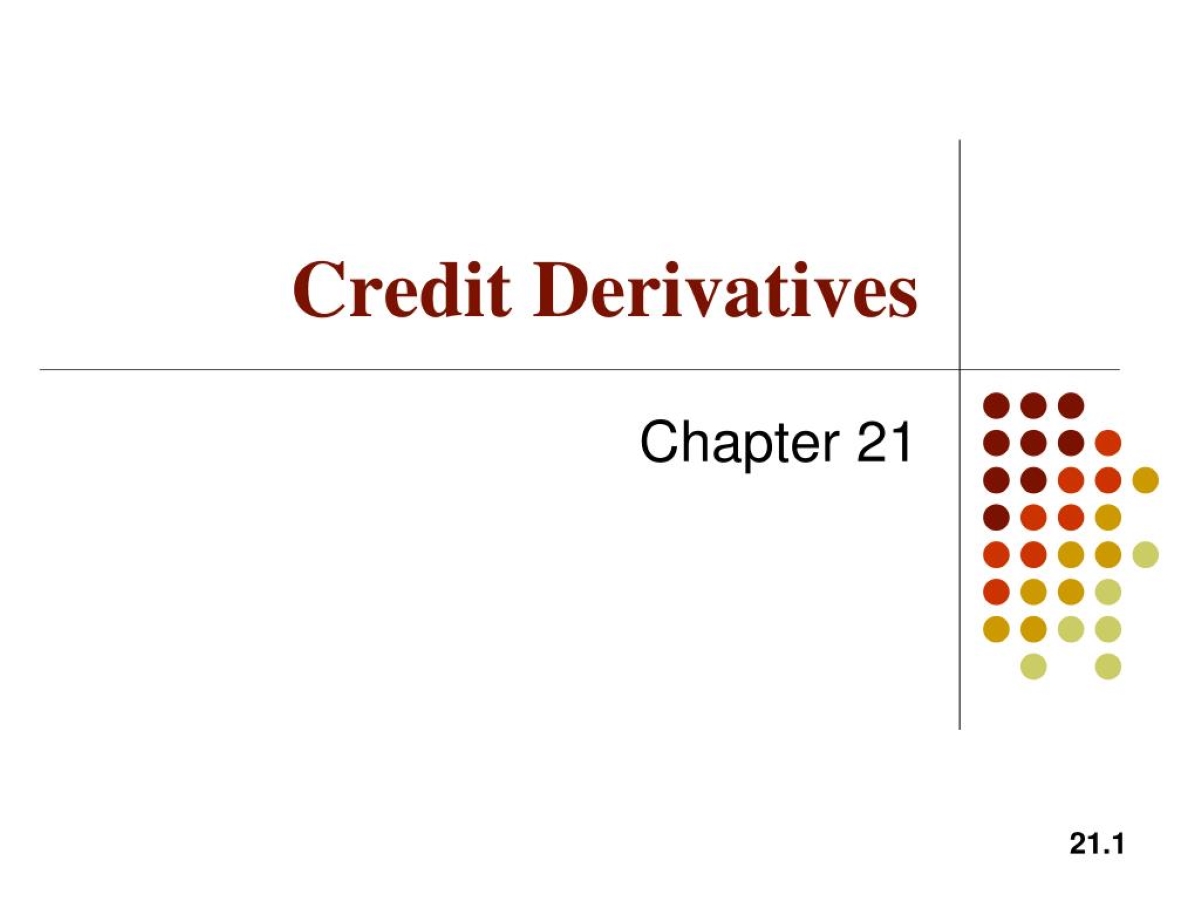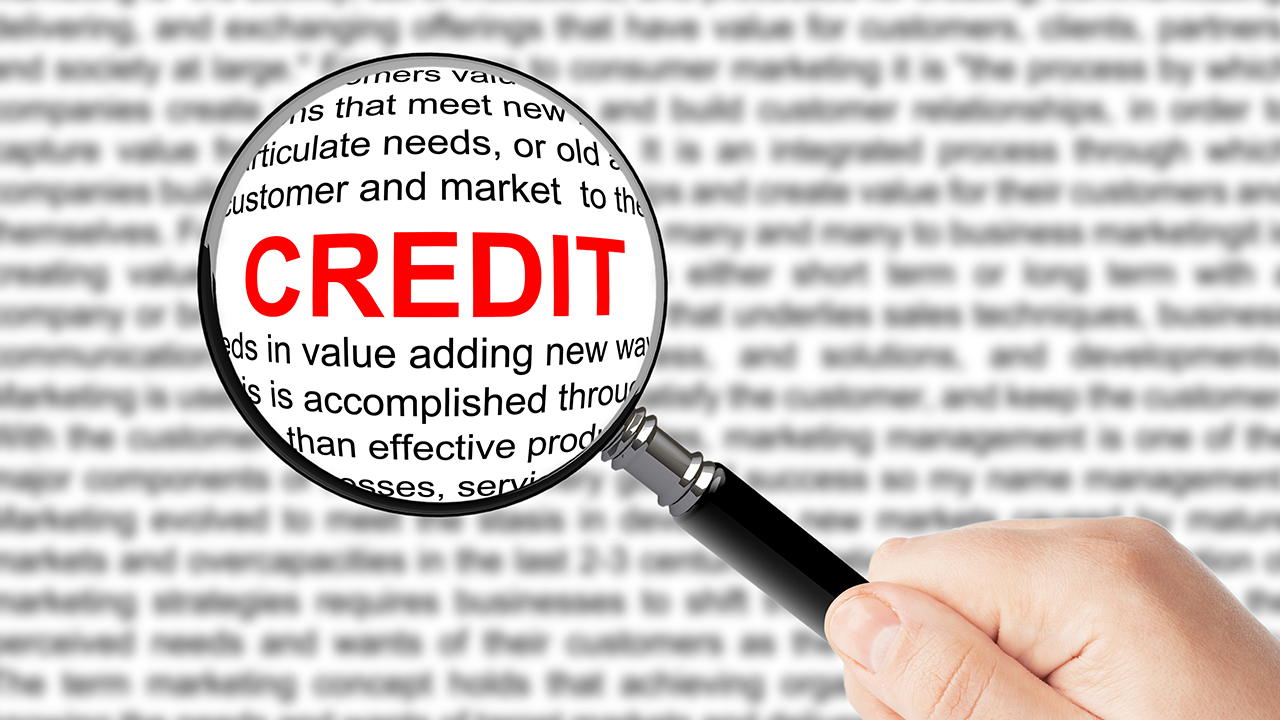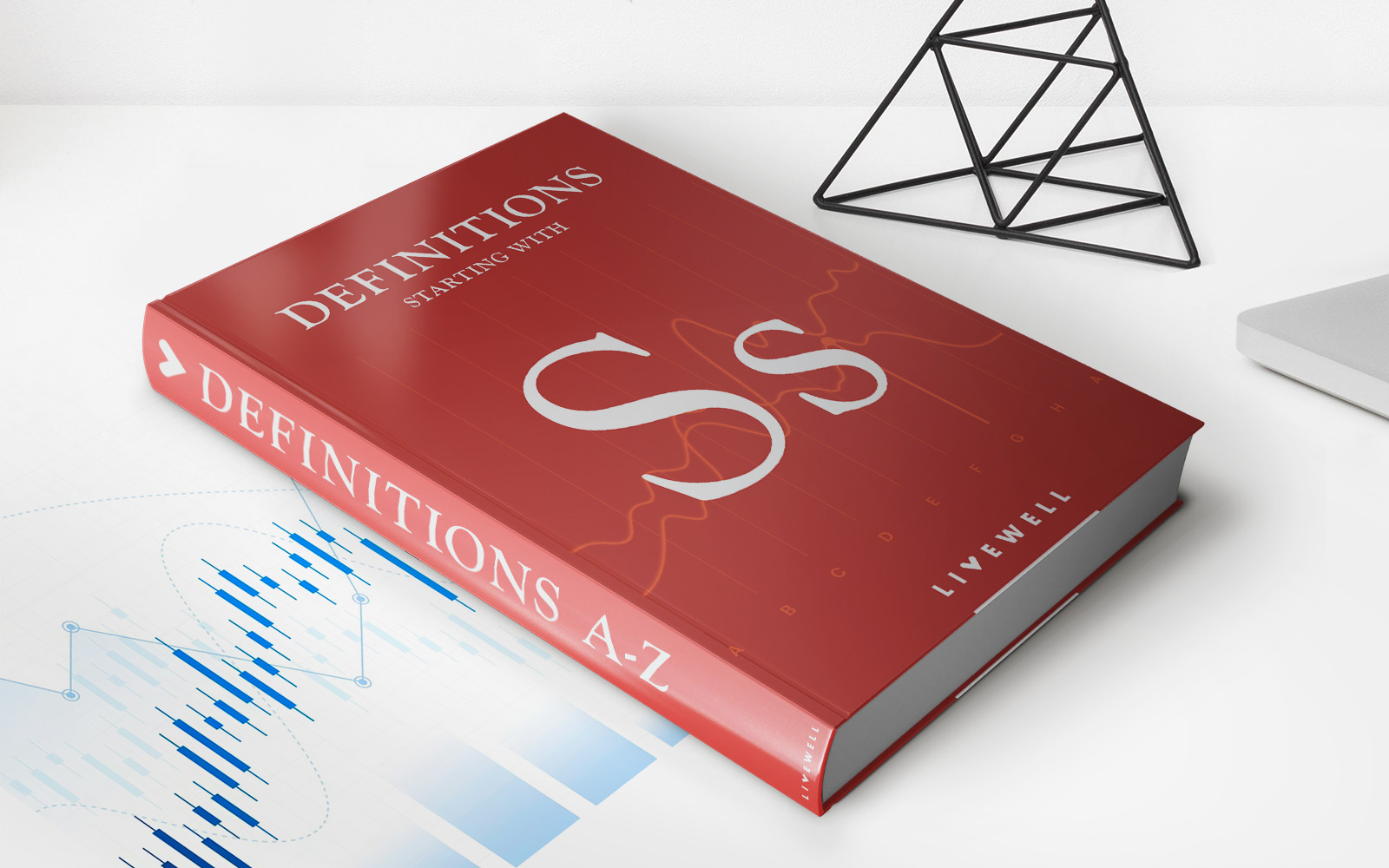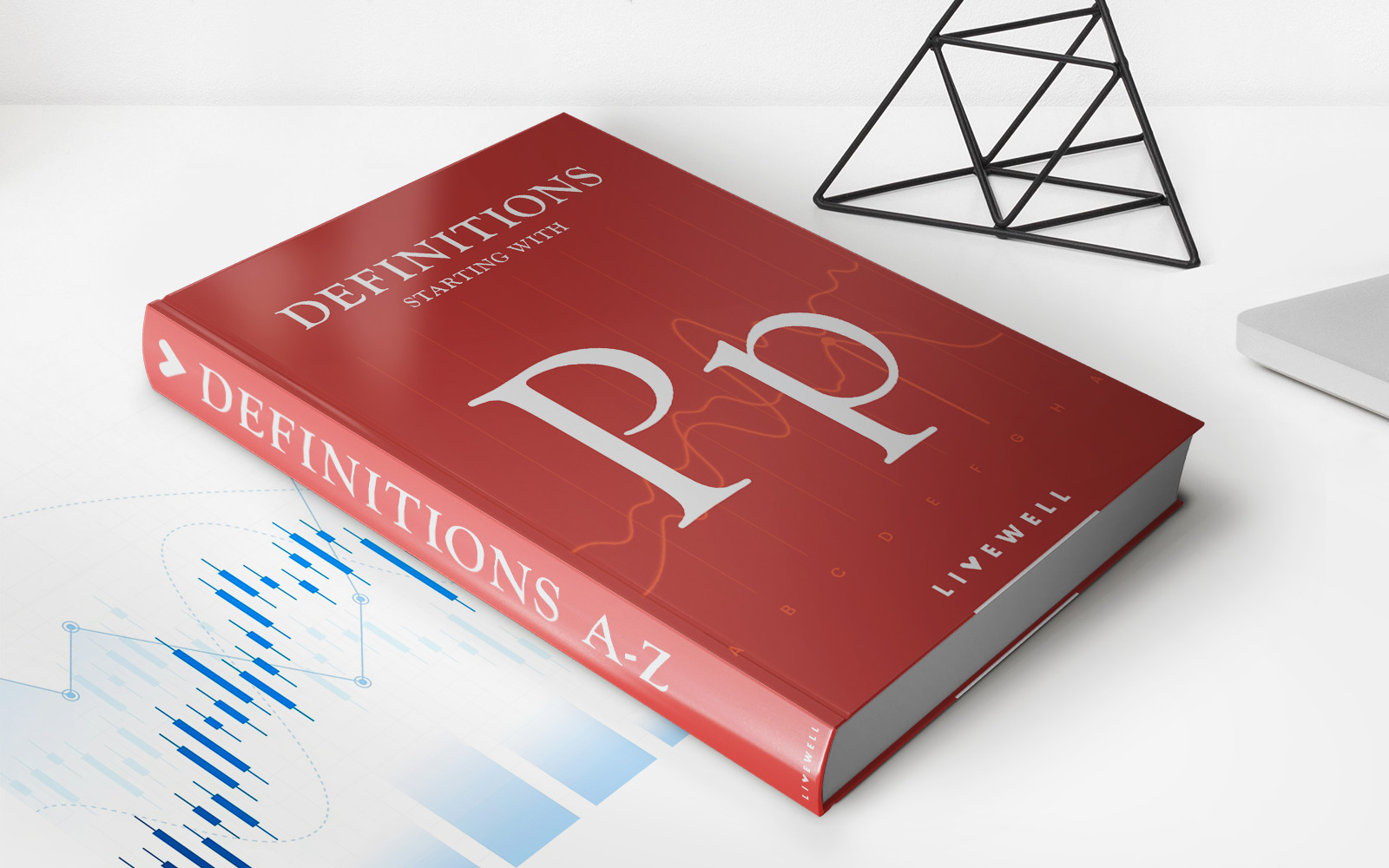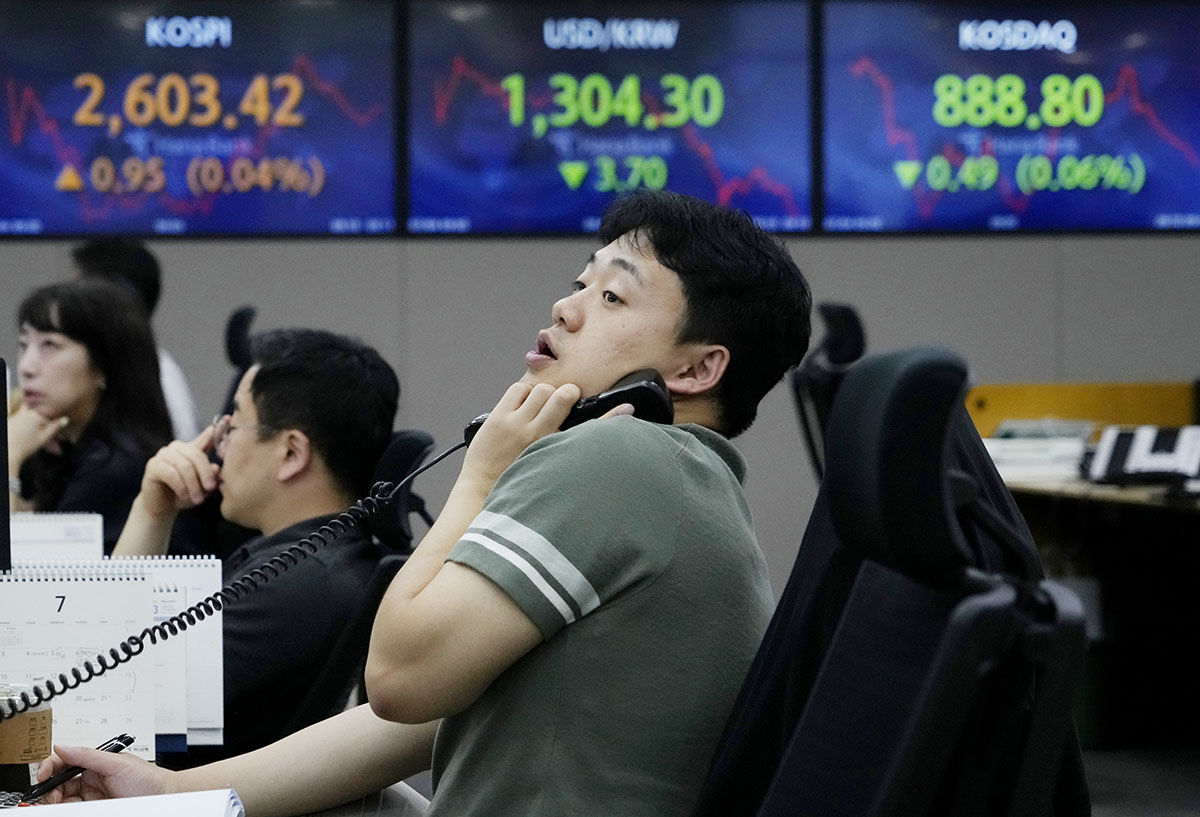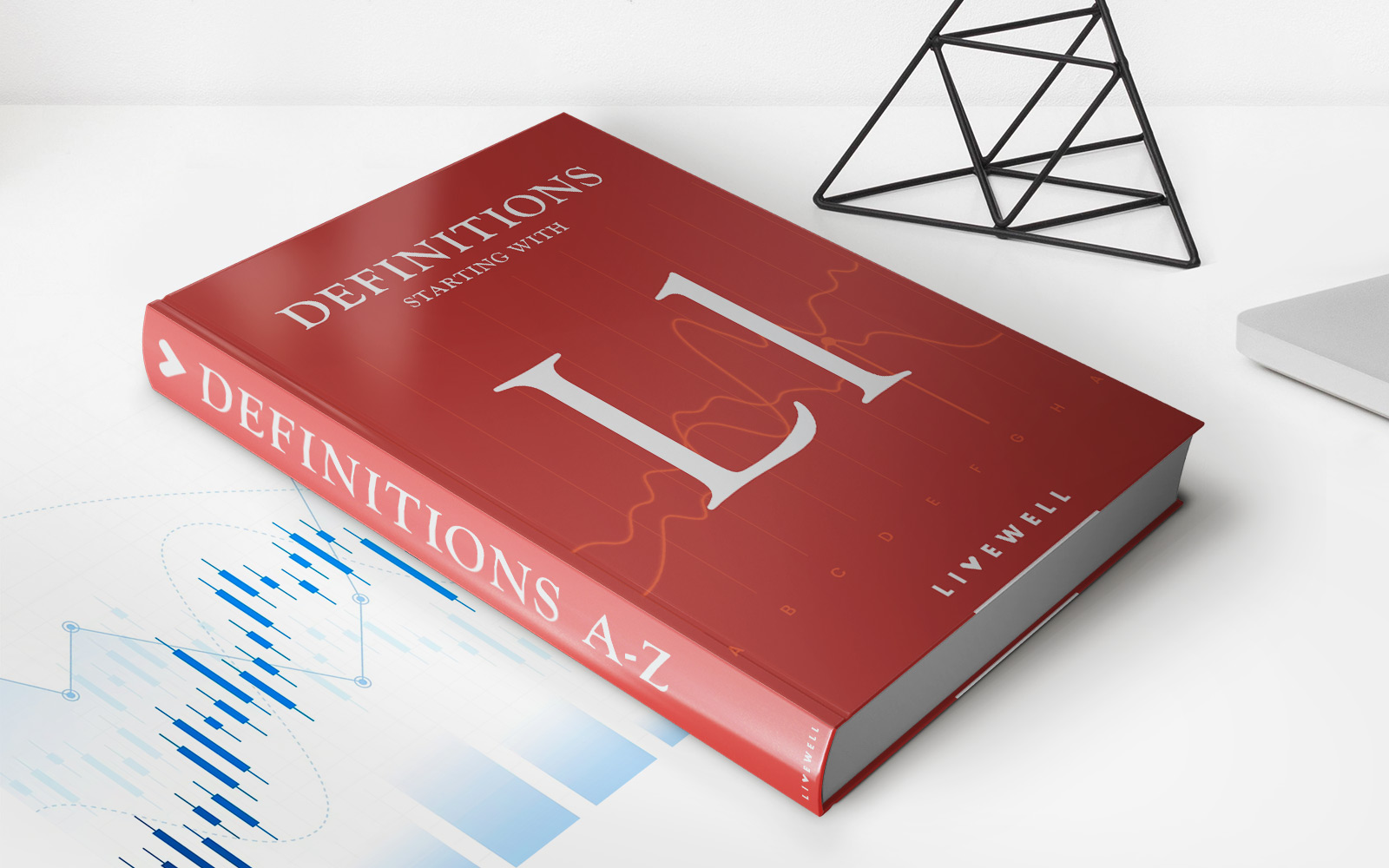Home>Finance>Credit Derivative: Definition, Types, And Potential Misuse


Finance
Credit Derivative: Definition, Types, And Potential Misuse
Published: November 5, 2023
Learn about credit derivatives in finance, including their definition, different types, and the potential risks associated with their misuse.
(Many of the links in this article redirect to a specific reviewed product. Your purchase of these products through affiliate links helps to generate commission for LiveWell, at no extra cost. Learn more)
Understanding Credit Derivatives: Definition, Types, and Potential Misuse
Welcome to our blog post on credit derivatives! In this article, we will dive into the definition of credit derivatives, explore different types of credit derivatives, and discuss potential misuse of these financial instruments. So, if you’ve ever wondered what credit derivatives are and how they can be applied in the financial world, you’ve come to the right place!
Key Takeaways
- Credit derivatives are financial instruments used to transfer credit risk between parties.
- There are various types of credit derivatives, including credit default swaps (CDS), collateralized debt obligations (CDOs), and total return swaps.
What are Credit Derivatives?
At their core, credit derivatives are financial contracts that allow parties to manage and transfer credit risk. These instruments help mitigate the potential losses associated with credit events such as default or bankruptcy. Essentially, credit derivatives act as an insurance policy against the possibility of default on various forms of debt.
Credit derivatives can be an effective tool for investors and financial institutions to manage their exposure to credit risks in their portfolios. By transferring the risk to other parties, these institutions can better balance their risk profiles and protect themselves from significant losses.
Types of Credit Derivatives
Now that we have a basic understanding of credit derivatives, let’s explore some of the most common types:
- Credit Default Swaps (CDS): CDS is one of the most widely used credit derivatives. It functions like insurance against the default of a bond or other credit instrument. In a CDS contract, the protection seller agrees to compensate the protection buyer in case of a credit event, such as a default or bankruptcy.
- Collateralized Debt Obligations (CDOs): CDOs are structured products that pool together various debt instruments, such as bonds or mortgages, and create new financial instruments backed by these underlying assets. These instruments are then sold to investors, allowing them to gain exposure to a diversified pool of debt instruments. However, CDOs gained notoriety during the 2008 financial crisis as their complexity and opacity led to significant losses for investors.
- Total Return Swaps: Total return swaps (TRS) are another type of credit derivative where one party agrees to pay the other party the total return on a specific asset. These derivatives are often used by investors to gain exposure to specific assets without actually owning them.
Potential Misuse of Credit Derivatives
Though credit derivatives hold many benefits, improper use or excessive reliance on these instruments can have unintended consequences. Here are a few potential areas of misuse:
- Speculation: Some market participants may use credit derivatives purely for speculative purposes, with no genuine exposure to the underlying credit risk. This behavior can contribute to market volatility and increased systemic risk.
- Complexity: The complexity of credit derivatives can make it challenging for investors and regulators to fully understand the risks involved. Lack of transparency can lead to mispricing, misvaluation, and a general lack of clarity in the financial markets.
As with any financial instrument, the use of credit derivatives requires proper risk management and regulatory oversight to prevent abuse and protect market integrity.
Overall, credit derivatives play a significant role in managing and transferring credit risk in the financial markets. However, it is crucial to use these instruments responsibly and with a clear understanding of the associated risks. By doing so, we can harness their potential benefits while minimizing the potential for misuse.

